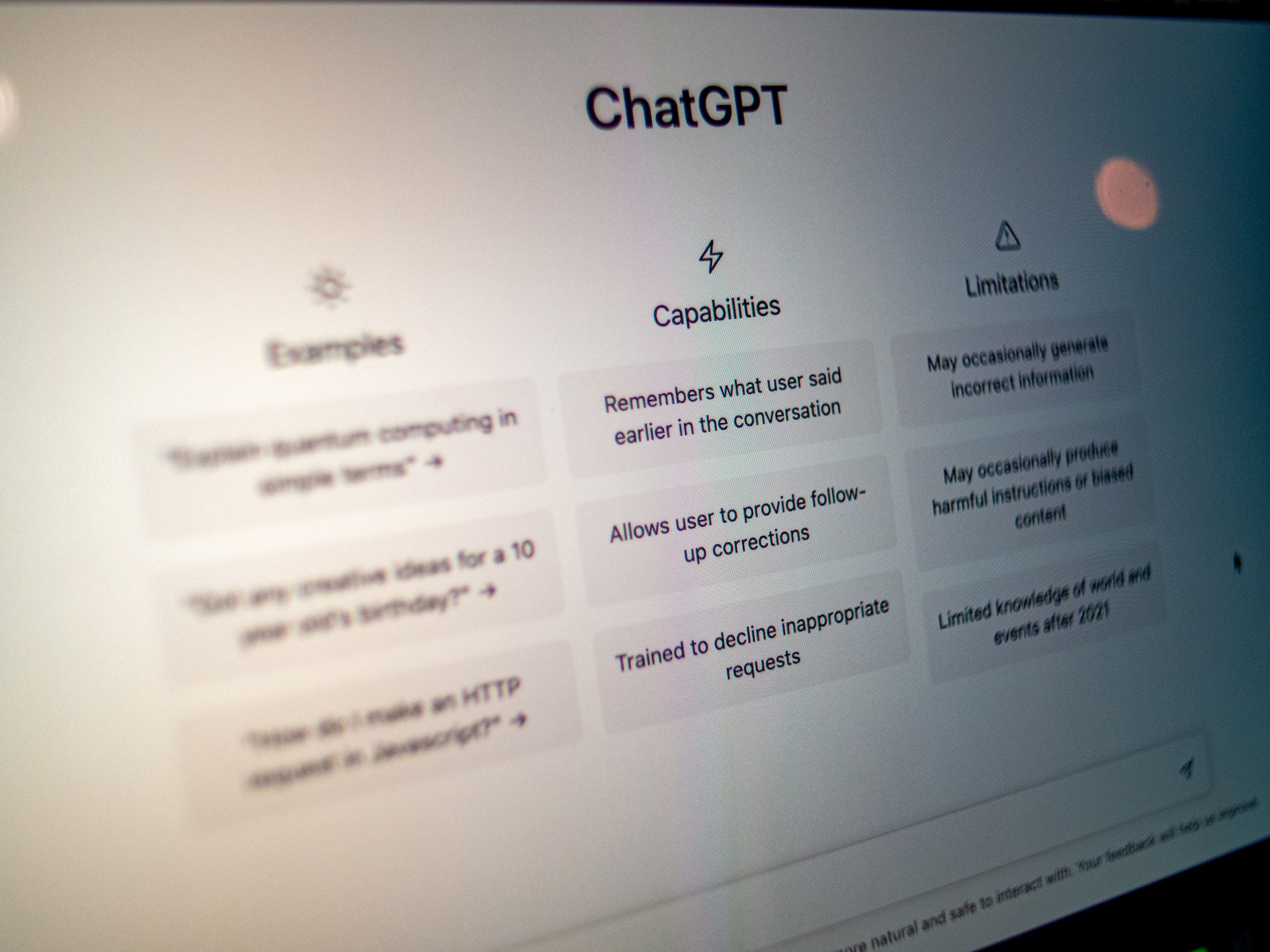 AI
AI
 AI
AI
 AI
AI
Microsoft Corp. today revealed how it spent billions of dollars to enable OpenAI LLC to bring ChatGPT to life.
The partnership between Microsoft and OpenAI has gotten a lot of attention recently. In January, the Windows maker announced it was investing $10 billion into the artificial intelligence startup that created ChatGPT, an AI chatbot that has taken the internet by storm thanks to its impressive, humanlike conversational ability.
However, the partnership between Microsoft and OpenAI actually began several years ago. According to a report by Bloomberg, Microsoft had already spent “several hundred million dollars” prior to this year on the computing infrastructure required to develop ChatGPT.
The money was spent to build a massive supercomputer that would be used to train ChatGPT, Bloomberg said. And in a pair of blog posts today, Microsoft discussed what went into building the AI infrastructure and how it’s planning to make that system even more robust, so it can power more advanced models.
To create its Azure supercomputer that powers OpenAI’s projects, Microsoft purchased and linked together thousands of graphics processing units made by Nvidia Corp. By linking all of these GPUs together, Microsoft was able to provide the enormous computing power OpenAI needed to train increasingly capable AI models.
While the “hundreds of millions” spent by Microsoft might not seem like much for a company that can throw billions of dollars at promising startups, it also reveals how AI has become one of its biggest priorities.
That much is obvious because Microsoft revealed today that the company is now working to enhance Azure’s AI capabilities and make it even more powerful. Matt Vegas, principal product manager of Azure HPC+AI, said Azure has recently been upgraded with new virtual machines that make use of Nvidia’s H100 and A100 Tensor Core GPUs that are linked together with Quantum-2 InfiniBand, an accelerated networking architecture revealed by the graphics chipmaker last year. Microsoft reckons this will allow OpenAI and other AI firms that use Azure’s infrastructure to train even larger and more complex models.
Eric Boyd, Microsoft’s corporate vice president of Azure AI, said in a statement that the company foresaw the need for special purpose clusters that focus on enabling large training workloads, and that OpenAI was one of the earliest proof points. “We worked closely with them to learn what are the key things they were looking for as they built out their training environments and what were the key things they need,” he said.
THANK YOU